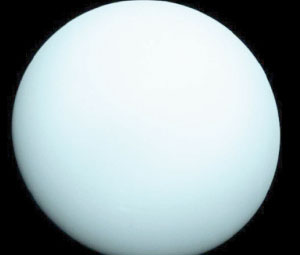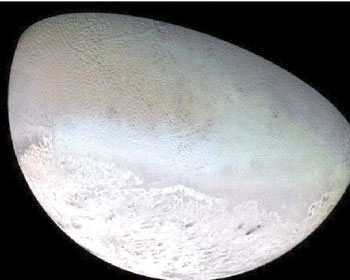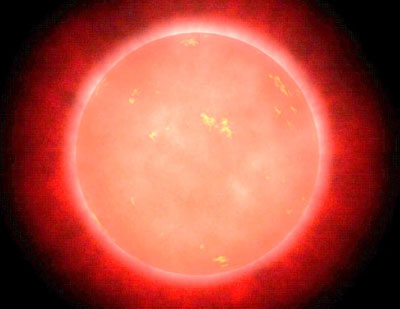Welcome Space Explorers! Get ready to suit up and join us to explore the wonderful, scary and mysterious world of outer space. Every month we will be sharing you fascinating details about space and space exploration to keep you curious, mystified and learning more about space.
A long time ago—before most of us were born—two amazing space explorers were launched from Earth by American scientists. They weren’t astronauts, though. They were robots called Voyager 1 and Voyager 2, and their mission was to travel through space and learn as much as possible about the planets in our solar system—and beyond.
Meet the Voyagers
Voyager 1 and Voyager 2 were launched by NASA in 1977. That’s more than 45 years ago. These spacecraft are like flying science labs, packed with cameras and instruments to study planets, moons, and space dust.
* Voyager 2 launched first on August 20, 1977 from Cape Canaveral, Florida abroad Titan-Centaur rocket
*Voyager 1 followed a few days later, launched also from Cape Canaveral on September 5, 1977
Even though they’re robots, the Voyagers are super smart—they were programmed to visit the giant planets in our solar system: Jupiter, Saturn, Uranus, and Neptune.
What did they discover?

The image of Uranus taken
by Voyager 2, 1986
The Voyagers gave us our very first close-up pictures of the outer planets of our solar system. Thanks to them, scientists discovered:
* Huge storms on Jupiter
*Beautiful rings and new moons around Saturn
* That Uranus rolls on its side like a ball
*Big winds and storms on Neptune
The Voyagers sent back thousands of pictures and tons of information that helped us understand the solar system much better.
Leaving the solar system
After finishing their visits to the planets, the Voyagers kept travelling—extending its reach beyond our solar system.
In fact:
*Voyager 1 is now the farthest human-made object from Earth and it’s flying through interstellar space, where there are no planets but just stars and cosmic dust.
*Voyager 2 is also in interstellar space, heading in a completely different direction.
They’re still sending signals back to Earth, even though they’re billions of kilometers away!
The Golden Record
Each Voyager carries a special gift from Earth—a Golden Record. This shiny gold disc has:
*Greetings in 55 languages including Sinhala and Tamil
* Music from around the world (including Bach, Beethoven, and Chuck Berry!)
*Sounds of nature like birds, waves, and thunder
*Pictures of people, animals, and Earth life
It’s like a message in a bottle floating through space, just in case someone—or something—out there finds it one day.
Still going strong
 Even though they’re very old in robot years, the Voyagers are still working (kind of!). The spacecraft are powered by nuclear batteries with electricity generated from heat produced by the decay of plutonium. Every year, four watts less heat is produced. Some instruments have been automatically turned off to save power, but after all these years they still send signals home every now and then.
Even though they’re very old in robot years, the Voyagers are still working (kind of!). The spacecraft are powered by nuclear batteries with electricity generated from heat produced by the decay of plutonium. Every year, four watts less heat is produced. Some instruments have been automatically turned off to save power, but after all these years they still send signals home every now and then.
Scientists hope they’ll keep going for a few more years before they finally go quiet. The Voyager spacecrafts were really special because these were the first computer-controlled devices ever launched, and still flies itself, runs itself, it checks itself and it can switch to backup systems all by itself. Pretty smart right!
Why are Voyagers special?
The Voyager missions showed us how far human curiosity can go. Even though they’re tiny compared to space, the Voyagers have travelled farther than anything we’ve ever made—and they remind us that there’s a whole universe out there waiting to be explored.
So if you ever look up at the night sky, wave hello. The Voyagers are still out there—still flying, still exploring, and still making history.
Next month we will explore, Cassini–Huygens a space research mission launched by NASA and the European Space Agency to explore the planet Saturn.
Red dwarfs – tiny stars with big secrets
Did you know that the most common stars in the universe are not big and bright like the Sun, but small and quiet? These stars are called red dwarfs.
A red dwarf is a small, cool star that glows with a soft red light. They are much smaller and dimmer than our Sun, which is why we can’t see them easily in the night sky without a telescope. But don’t be fooled—they are super important. Do you know that red dwarfs are the most common type of stars in our galaxy? In fact, they populate about 73 percent of the Milky Way.
Red dwarfs burn their fuel slowly, which means they can live for trillions of years—much longer than any other star. While big stars burn bright and die young, red dwarfs keep glowing gently for a very long time.
Scientists have found many planets orbiting red dwarfs. Some of these planets might even have the right conditions for life, which makes red dwarfs exciting to study.
One of the closest stars to Earth, Proxima Centauri, is a red dwarf others include Barnard’s Star, Wolf 359, Lacaille 8760, Gliese 876, and Trappist-1. That means one of our nearest neighbours in space is one of these tiny, mysterious stars.
So next time you look up at the stars, remember: even the smallest ones can hold the biggest secrets.







